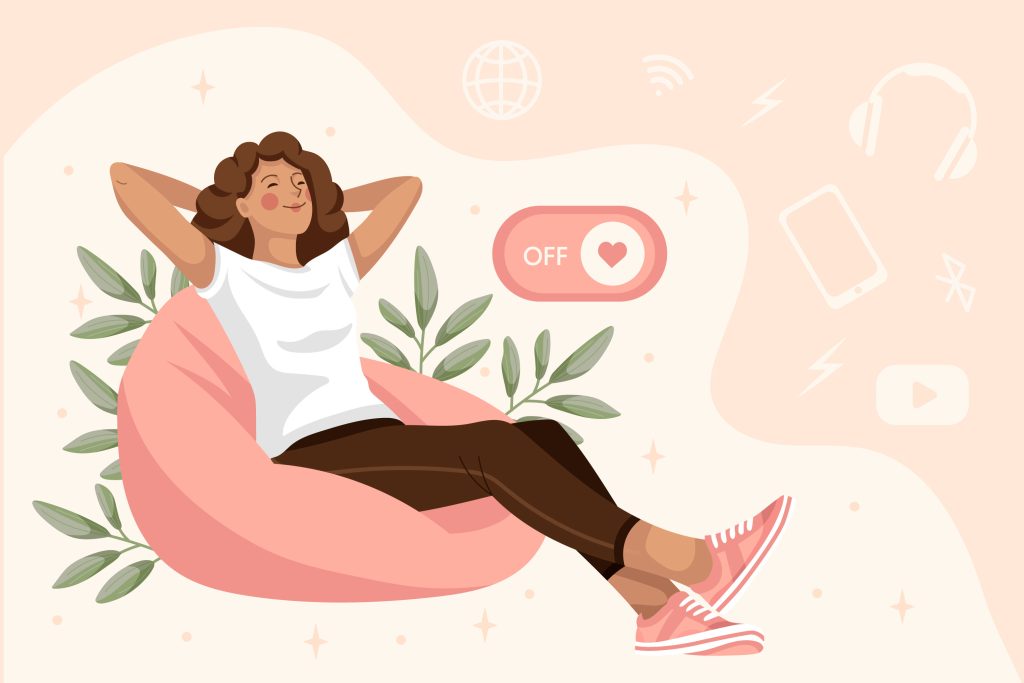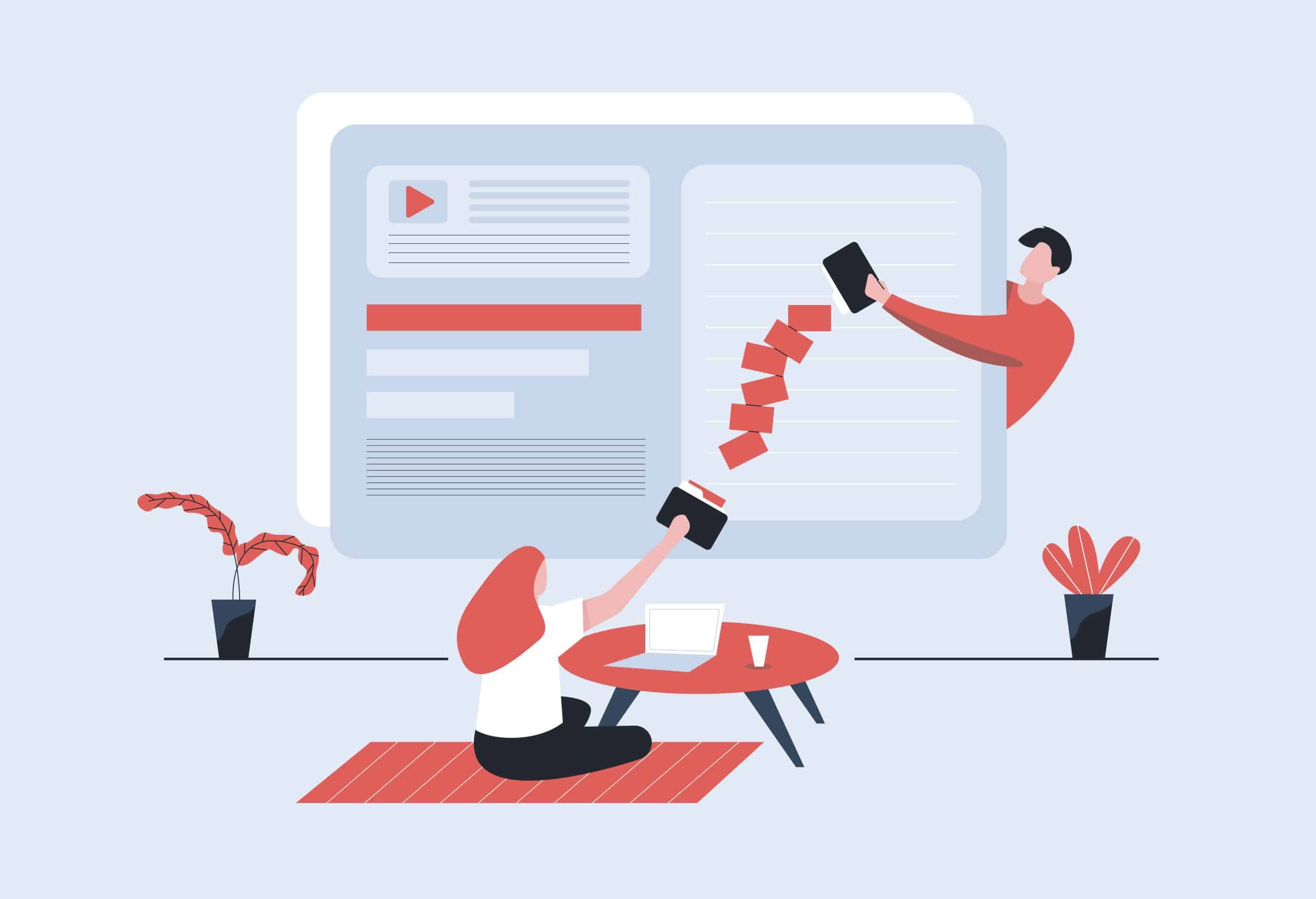In a world flooded with endless notifications, headlines, and viral content, many of us feel constant mental fatigue. Enter the information diet—a conscious approach to what we consume online. In this guide, you’ll learn what a healthy information diet looks like in real life, why it matters more than ever in 2025, and how to implement it with practical, enjoyable steps.
Throughout this article, the keyphrase information diet appears in at least three key sections to support SEO and seamless flow.

1. Why an Information Diet Matters in 2025
Digital fatigue isn’t just a buzzword—it’s a modern phenomenon. Readers now glance at an average of 74 GB of data per day—equivalent to 16 movies—leading to burnout and decision fatigue.
A structured information diet helps:
- Reclaim attention that’s often hijacked by algorithms
- Improve sleep by reducing late-night doomscrolling
- Deepen focus, creativity, and emotional presence
Emerging Trends Driving This Need
- Digital Minimalism—coined by Cal Newport—encourages using fewer apps intentionally and focusing on what truly adds value.
- Calm Technology shifts tech to the fringes of attention—like living room ambient devices—rather than constant alerts .
- Information overload fatigue is now recognized as a stressor challenging mental health worldwide.
2. Core Principles of a Real-Life Information Diet
What does a healthy information diet look like in practice? Here’s a structured framework based on emerging trends:
A. Audit & Prioritize
- Catalog your inputs: News subscriptions, social feeds, newsletters, podcasts.
- Assess value: Are these enriching your life or fueling anxiety?
- Cull ruthlessly: Keep only sources you consume meaningfully (e.g., trusted journalism, educational feeds) and drop distractions like infotainment or TikTok–style rabbit holes.
B. Embrace Digital Minimalism
Cal Newport emphasizes:
“Intentionally and aggressively clearing away low‑value digital noise … can significantly improve your life”.
Action Steps:
- Remove unused apps
- Set firm limits (e.g., 20 min/day social media)
- Keep notifications off except essentials (email, calendar)
C. Use Calm Technology
Shift from reactive tech interactions to peripheral awareness:
- Put devices on Do Not Disturb during focused work or meals
- Schedule offline time or “tech sabbath” nightly
- Use smart devices that signal updates only when needed (e.g., Airthings air-quality monitors)
D. Schedule Intentional Consumption
- Time-block media time (e.g., 30 minutes in the evening)
- Replace scroll time with high-value alternatives: reading, creative hobbies, calls with friends
E. Diversify & Trustworthy Sources
- Avoid echo chambers—draw from a balanced media diet (news, perspectives, hobbies)
- Rely on reputable outlets and consider cultural/contextual balance
- Supplement with local journalism as counterbalance
3. 4‑Week Plan: Build Your Information Diet
A gradual approach yields lasting habits:
1: Audit & Purge
- List your information streams
- Eliminate low-value feeds and mute noisy groups
- Clean up homepage, bookmarks, and news apps
2: Set Boundaries
- Turn off non-essential notifications
- Add app time limits
- Define tech-free zones: bedtime, meals, face-to-face conversations
3: Introduce Calm Tech
- Adopt single-purpose or graceful tech (e.g., reMarkable Paper Pro, mui Board)
- Schedule daily offline rituals (walk, reading, journaling)
- Swap alerts for batch-checking periods
4: Diversify & Reflect
- Subscribe to one new high-value source (journal, podcast)
- Replace one scroll session with a physical/hobby activity
- Weekly reflect: What stayed? What improved?
4. Benefits You’ll Actually Notice
Practicing this information diet shows quick, tangible results:
A. Enhanced Focus & Productivity
Fewer interruptions mean longer deep-focus stretches and better outcomes.
B. Improved Mental Well‑Being
A calmer mind leads to reduced anxiety, improved relationships, and better sleep .
C. Informed, Not Overloaded
Consuming only what matters helps you be more thoughtful—not reactionary—to world events.
D. Better Attention Economy
You’re steering—not being steered by—algorithms, reducing susceptibility to bias and echo chambers.
5. Real-World Examples & Tools
- Julie, marketing manager: Keeps notifications off, reads newsletters on Sunday only, spends 15 minutes daily on meaningful podcasts
- Ahmed, college student: Uses reMarkable tablet to study, turns off phone during lectures
- Tools to try: Focus apps (Freedom, Forest), minimalist notebooks, grayscale mode on phones
6. Pitfalls & How to Overcome Them
- Relapse into doomscrolling: Use screen time limits, accountability partners
- Fear of missing out: Remind yourself that depth beats breadth; quality sources still keep you updated
- Social friction: Explain boundaries to peers (e.g., “I won’t check phones during dinner”) and stick to plans
7. The Big Picture: Culture Shift in 2025
Two broader trends highlight the rise of mindful consumption:
- Calm Technology Certification
In 2024, Calm Tech Institute launched a standard to recognize low-attention-demand products, signaling a shift toward subtle, purpose-driven tech. - Media Literacy & Trust Initiatives
With echo-chamber fatigue and disinformation concerns, institutions are promoting media literacy and diversified sourcing—key to any information diet.
Final Take
A healthy information diet in 2025 means being intentional about what, when, and why you consume media. By pairing digital minimalism, calm technology, and a strategic media plan, you protect your attention, mental clarity, and well-being in a hyperconnected world.
Don’t wait for burnout—start small. Audit your apps tonight. Block notifications tomorrow. Introduce calm tech this weekend. Over four weeks, you’ll carve out mental space that pays off long term.
References
- Digital minimalism philosophy and benefits banagevikas.medium.commedium.com
- Data consumption (74 GB/day) and digital fatigue medium.com
- Calm technology definition, devices, and certification
- Media echo chambers and diversification
- Mental clarity and stress reduction from digital minimalism






